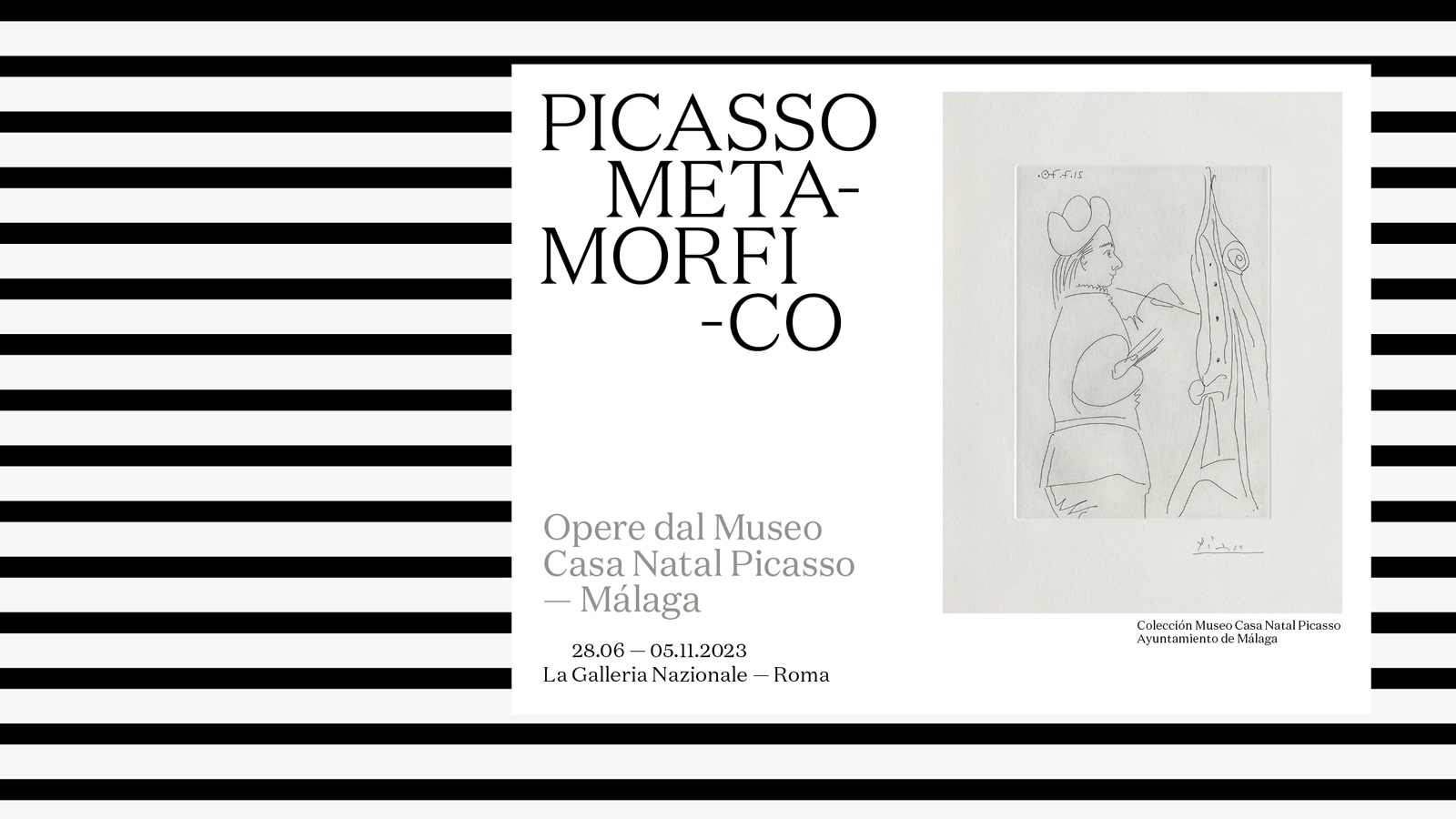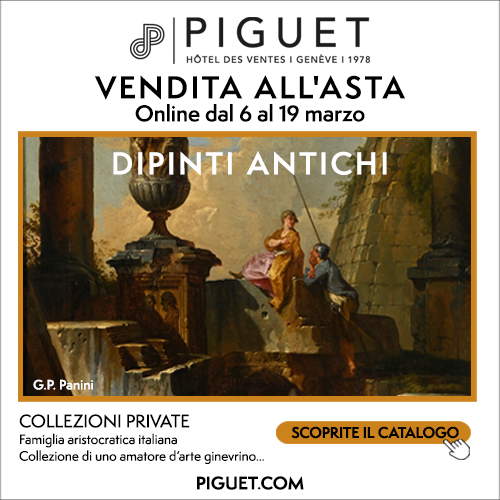Rome, GNAM celebrates Picasso with an exhibition created by the Museo Casa Natal Picasso
On the 50th anniversary of the death of Pablo Picasso (Malaga, 1881 - Mougins, 1973) and 70 years after his major exhibition in 1953, the National Gallery of Modern and Contemporary Art celebrates the great master, an incomparable figure in twentieth-century art, with an exhibition curated by Fernando Castro Flórez that displays a selection of 300 works including drawings and etchings from the Casa Natal Picasso Museum in Malaga.Picasso’s graphic work is of enormous importance within his entire artistic output. From the Suite Vollard series to the engravings made at the end of his life, a veritable frenetic cycle in which he revisits his entire imagery, from the central theme of the “painter and the model” to the reconsideration of art history (in a reinterpretation, from his personal perspective, of the influences of Raphael, Rembrandt, Velázquez, Degas or Manet), introducing humorous elements that sometimes slip into the grotesque.
The exhibition, precisely by virtue of the considerable number of works on display made in different periods of his activity, ranging from 1905 to 1972, aims to offer comprehensive reviews of Picasso’s imagery, and allows the rediscovery of works of exceptional interest.
“Picasso’s name alone embodies the expression of a new thought in the field of aesthetics”: Duchamp (1943), the very ironic artist who had the audacity to put a urinal on a pedestal (signed by a pseudonym), believed that Picasso’s main contribution was that he started from scratch and was able to maintain, at every moment of his long artistic career, an enviable freshness. “Picasso”-Duchamp added-“in each of his styles, he emphasized the intention to free himself from previous achievements. One of the most important differences between Picasso and most of his contemporaries is that, to this day, he has never shown any sign of weakness or repetition in his uninterrupted stream of masterpieces.” Picasso, a true modern myth, a reference point for the avant-garde, ended up being “contemporary” with the changes in art that took place after World War II. As he continued to develop his passionate relationship with painting, without ever giving up his figurative presence, aesthetic proposals such as abstract expressionism and informalism, pop and optic-kinetic art, minimalism and conceptualism, land art and happeging emerged.
“Picasso,” says curator Castro Flórez, “continues to sediment his passions in his works, avoiding the fatal fate of Frenhofer, (a character from a Balzac story he illustrated). Every stroke of his paintings, every line of his etchings, is executed with determination and urgency, in a passionate struggle with fatal fate, clinging to a flesh that, for Picasso, was never ’sad.’ Picasso is a metamorphic artist who knew how to modulate his ’obsessions,’ trying, to use the title of his work, to grab desire by the tail.”
Realizing an exhibition on Picasso today, in 2023, finally makes it imperative to focus on the exhibition that the National Gallery dedicated to the artist in 1953, through a journey with precious archival materials. The exhibition has been realized entirely with the Casa Natal Picasso Museum in Malaga. Institutional partners are theEmbassy of Spain in Italy, theSpanish Academy in Rome and theSpanish Tourist Board in Rome.
For all information, you can visit the official website of the National Gallery of Modern and Contemporary Art.
 |
| Rome, GNAM celebrates Picasso with an exhibition created by the Museo Casa Natal Picasso |
Warning: the translation into English of the original Italian article was created using automatic tools. We undertake to review all articles, but we do not guarantee the total absence of inaccuracies in the translation due to the program. You can find the original by clicking on the ITA button. If you find any mistake,please contact us.





























